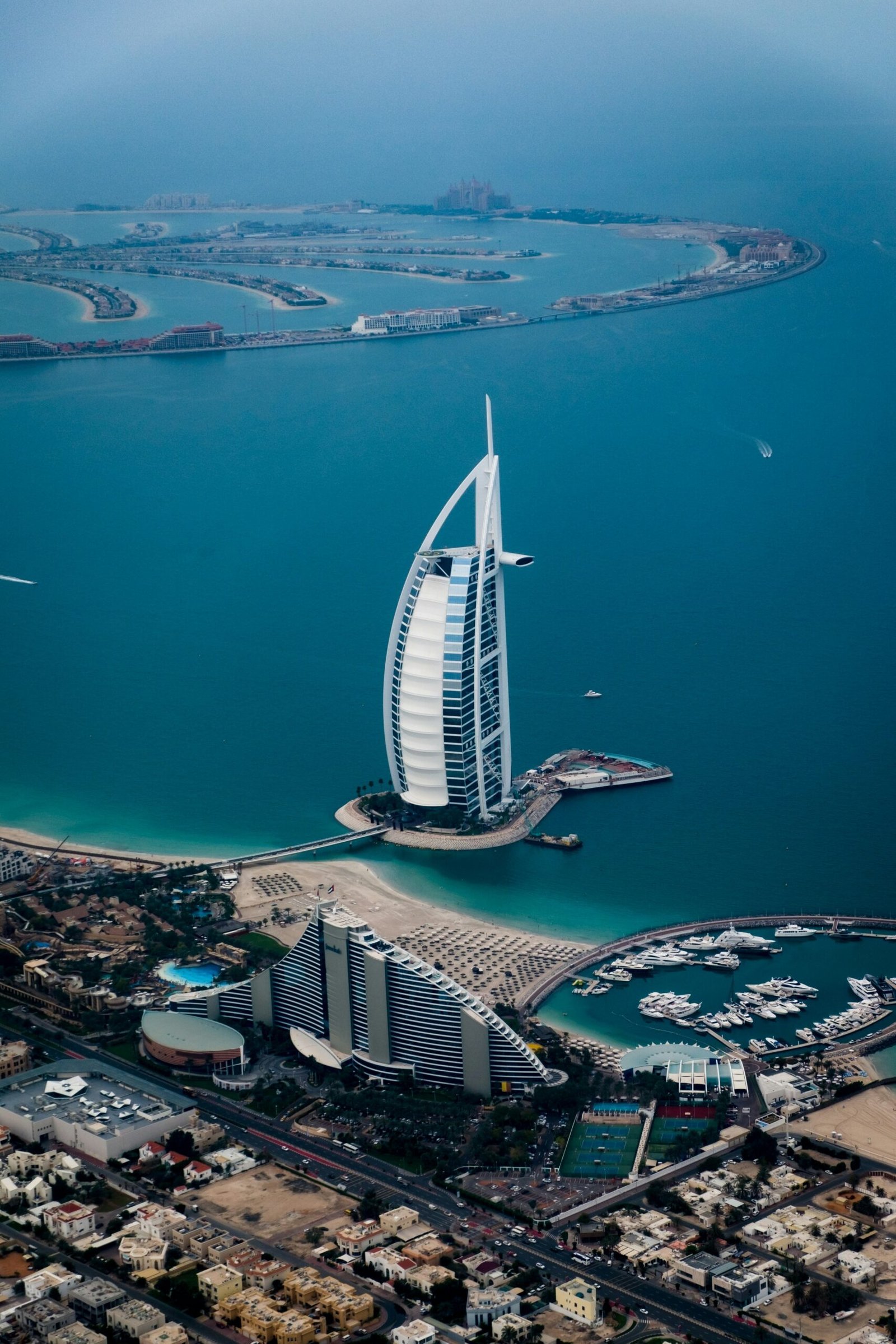RTA Adopts LiDAR and Digital Twin Technology for Road Asset Management in Dubai

Dubai’s Roads and Transport Authority (RTA) has taken a groundbreaking step toward modernizing its infrastructure by adopting LiDAR and digital twin technology for road asset management. This innovative initiative leverages cutting-edge tools to enhance the accuracy of data collection, improve maintenance strategies, and ensure the sustainability of Dubai’s world-class road network. Announced on April 9, 2025, this move reflects RTA’s commitment to smart technology and aligns with Dubai’s vision of becoming a global leader in sustainable urban development.
What is LiDAR and Digital Twin Technology?
LiDAR, or Light Detection and Ranging, is a remote sensing method that uses laser pulses to measure distances and create precise 3D models of physical environments. When paired with digital twin technology—a virtual replica of real-world assets—this system provides an unparalleled ability to monitor, analyze, and manage road infrastructure in real time. For Dubai’s RTA, integrating LiDAR and digital twin technology for road asset management marks a shift from traditional methods to a smarter, data-driven approach.
A Game-Changer for Road Maintenance
According to Hussain Al Banna, CEO of the Traffic and Roads Agency at RTA, LiDAR delivers a performance boost of up to 300% compared to conventional visual inspections. This leap in efficiency is complemented by a remarkable 95% accuracy rate in assessing road asset conditions—far surpassing older techniques. These advancements allow RTA to implement preventive, predictive, and proactive maintenance strategies, ensuring roads remain safe, efficient, and resilient.
“LiDAR enables the daily assessment of up to 80 km of roads, a 96% improvement over traditional methods, which typically cover only 3 km,” Al Banna explained. This capability ensures continuous monitoring without disrupting traffic flow, as assessments can be conducted at speeds between 30 and 100 km/h. With a sensing range of up to 80 meters, LiDAR captures comprehensive data on assets like lighting poles, traffic signals, and road signs, enhancing both safety and operational efficiency.
Benefits of LiDAR and Digital Twin Technology for Dubai’s Roads
The adoption of LiDAR and digital twin technology for road asset management brings a host of benefits to Dubai’s infrastructure:
- Enhanced Accuracy: With 95% accuracy, decision-making becomes more reliable and informed.
- Increased Efficiency: Daily coverage of 80 km reduces downtime and speeds up maintenance scheduling.
- Improved Safety: Safe inspections of elevated assets minimize risks associated with manual checks.
- Sustainability: Detailed data supports the long-term health of the Assets Condition Index (ACI).
By prioritizing predictive maintenance and strategic interventions, RTA ensures that Dubai’s roads remain a model of sustainability and innovation.
Supporting Dubai’s Vision for a Smart Future
This initiative is more than just a technological upgrade—it’s a reflection of Dubai’s broader ambitions. “Such advancement reflects RTA’s dedication to accelerating digital transformation and leveraging cutting-edge technologies to enhance the quality of Dubai’s road infrastructure,” Al Banna stated. The integration of LiDAR and digital twin technology for road asset management aligns with the leadership’s goal of positioning Dubai as a smart and sustainable city on the global stage.
Why This Matters for Road Asset Management
Traditional road inspections often rely on slow, labor-intensive processes that can disrupt traffic and miss critical issues. In contrast, LiDAR’s ability to operate in motion, combined with the real-time insights of digital twins, revolutionizes how assets are monitored and maintained. This technology not only boosts operational efficiency but also reduces costs over time by addressing problems before they escalate.
A Step Toward Long-Term Sustainability
Al Banna emphasized that the detailed data provided by LiDAR supports the long-term sustainability of Dubai’s road network. By facilitating precise maintenance schedules and prioritizing interventions based on strategic criteria, RTA can extend the lifespan of its infrastructure while keeping safety and efficiency at the forefront.
Conclusion
The adoption of LiDAR and digital twin technology for road asset management by Dubai’s RTA sets a new standard for infrastructure innovation. With its ability to deliver unmatched accuracy, speed, and safety, this technology ensures that Dubai’s roads remain among the best in the world. As the Emirate continues to embrace digital transformation, initiatives like this solidify its reputation as a pioneer in smart urban development.

